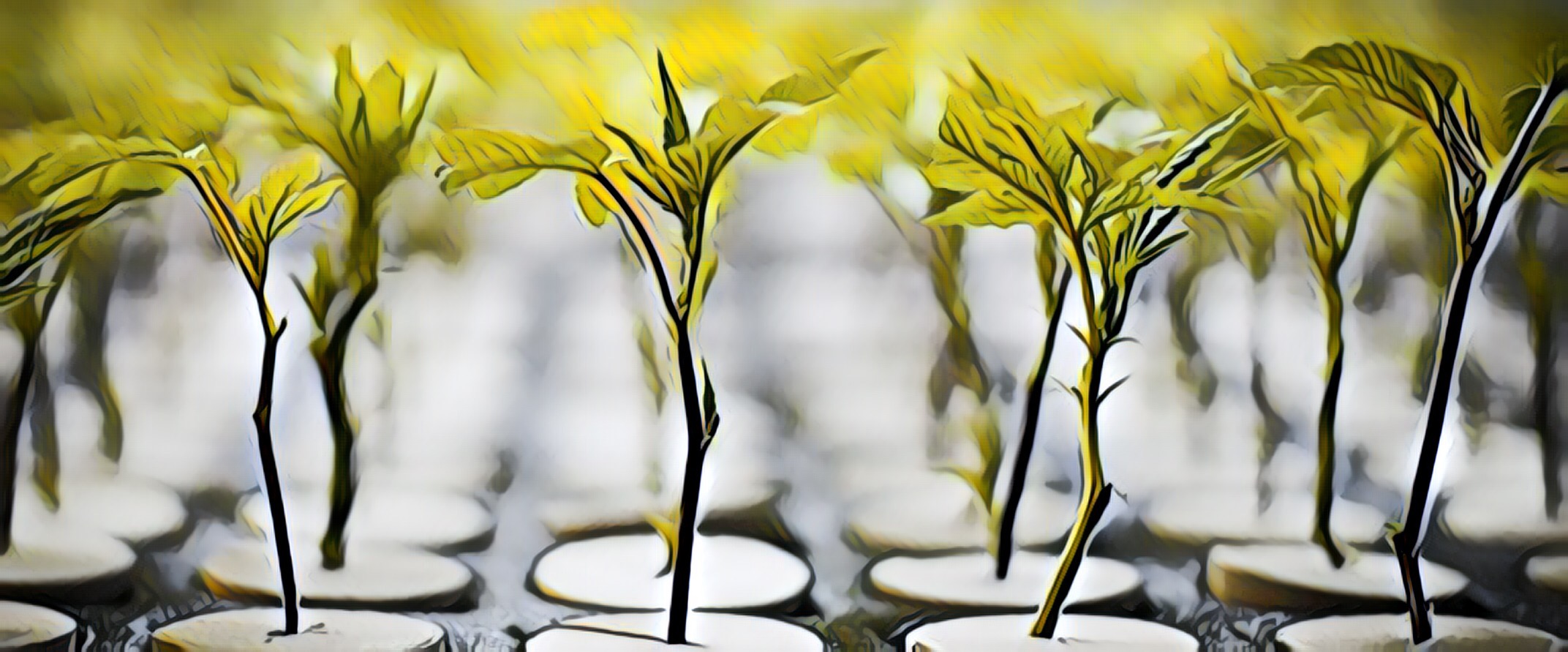
Strainly‘s goal is to foster the preservation of phenotypes, which sometimes means, under the form of clones (or “cuts”). Clones are incredibly important to the facilitation of genetic preservation, but successfully cloning a plant requires following a few important steps.The process of cloning can be a controversial one, as there is a variety of methods you can use.
There surely are more methods available to you than the ones we’ll be covering in this article, and you may decide to combine different techniques to create your own methodology. Some Strainly users prefer starting from seeds only while others prefer starting from clones. Both options have their pros and cons.
Growing from clones: pros and cons
The main benefit from cloning marijuana is described as “having only female plants”. Unless you purposely chose to pick a clone from a male plant (for instance, for a future breeding project). This is true, with the caveat that a hermaphrodite mother plant may give you hermaphrodite clones that may turn into male plants. So if you decide to get your clones from a third party, ask about the mother plants (e.g. photos, details, etc.).
Another advantage is that you will have identical plants (provided that all clones come from the same mother plants) that should grow and “behave” equally under the same growing conditions. Finally, one other significant advantage of growing from clones is the speed. Clones will grow into mature plants in less time than it is needed when germinating seeds.
On the other hand, you may be passing pest and diseases when starting from clones. When sourcing your clones from a third party, a thorough inspection of the clones is necessary to avoid contaminating your growing environment. Producing your clones implies keeping a separate room dedicated to maintaining the mother plant(s) in a vegetative state (more equipment, more energy consumption, more time).
Cloning cannabis plants is a common technique used by growers to reproduce a specific strain with desirable traits. While the process of cloning cannabis can vary slightly depending on the cultivator’s preferences, there are some general steps to follow. Here’s a breakdown of how to clone cannabis:
What you will at least need
- Scalper, razor blade or sharp scissors like the popular Fiskars
- Starter cubes (rock wool; rapid rooters…)
- Cloning gel or cloning powder
- Rubbing alcohol
- Lights adapted to clones, not too strong! (CFLs, T5 grow lights, LED are few popular examples)
- A humidity dome for clones
- A heating mat (optional)
How to clone your plant
- Prepare the tools and materials: Gather the necessary equipment for cloning, including razor blades or sharp scissors, rooting hormone, cloning gel or powder, a clean cutting mat or surface, and small pots or containers filled with a suitable growing medium.
- Select a healthy donor plant: Choose a mature and healthy cannabis plant that exhibits the desired characteristics you want to replicate. It’s important to ensure the donor plant is free from diseases or pests.
- Take the cuttings: Use a clean and sharp blade to cut a branch from the donor plant at a 45-degree angle, just below a node where the leaves meet the stem. Cuttings are typically around 4-6 inches long and should have a few sets of healthy leaves.
- Remove lower foliage: Trim away the lower leaves of the cutting, leaving only a few sets of leaves near the apex. This helps conserve energy for root development.
- Apply rooting hormone: Dip the bottom end of the cutting into a rooting hormone gel or powder to stimulate root growth and increase the chances of successful cloning.
- Plant the cuttings: Insert the treated cuttings into the prepared pots or containers filled with a suitable growing medium, such as a mix of perlite and vermiculite or a specialized cloning cube. Ensure that the cuttings are planted securely and have good contact with the growing medium.
- Provide appropriate environmental conditions: Create a favorable environment for the clones to root. This usually involves placing a humidity dome or covering over the cuttings to maintain high humidity levels and prevent excessive moisture loss. Maintain a consistent temperature of around 72-78°F (22-25°C) and provide indirect light to promote root development.
- Monitor and care for the clones: Check the clones regularly to ensure they are properly hydrated and show signs of healthy growth. Mist the clones and the inside of the humidity dome if necessary to maintain humidity levels. Avoid overwatering, as this can lead to rot.
- Transplant rooted clones: Once the clones have developed a healthy root system, usually within 10-14 days, they can be transplanted into larger pots or containers with a suitable growing medium for further growth.
- Maintain proper care: After transplanting, continue to provide optimal growing
Below is a collection of videos we believe are providing appropriate guidance to successfully complete your first cloning project. Enjoy!
Jorge’s outdoor way…
The surgical way…
Got roots? Transplant!
And now what?
These are the basics of cloning. You should now be able to make your first clones and contribute to the preservation of a strain you like. However, reading and acquiring more in-depth knowledge about cloning and growing in general, will significantly increase your success rate. Combining practice and theory is a sure way to become an expert so, give it a try, and another, and…

1 thought on “How to Make Cannabis Clones?”